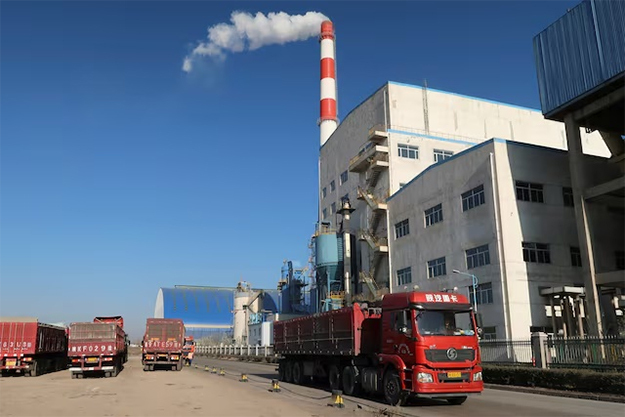- cross-posted to:
- world@lemmy.world
- climate@slrpnk.net
- environment@beehaw.org
- cross-posted to:
- world@lemmy.world
- climate@slrpnk.net
- environment@beehaw.org
China should set a “strong but achievable” target of slashing emissions at least 30 percent by 2035 when it submits updated climate commitments in coming months, a report urged Thursday.
Signatories to the 2015 Paris climate accord must announce by next February their updated roadmaps to achieve the treaty’s goal of limiting global temperature rises.
China currently aims to peak carbon dioxide emissions before 2030 and reach carbon neutrality by 2060.
But its policies and targets are rated “highly insufficient” to limit global warming to 1.5 Celcius above pre-industrial levels, according to the Climate Action Tracker project.
The Centre for Research on Energy and Clean Air (CREA), a think tank that tracks climate progress, said Beijing should aim for an absolute emissions reduction target of 30 percent.
As the world’s largest emitter, China’s “ambition in its climate agenda is decisive for keeping the international community on track,” CREA said in a report.
To meet that target, Beijing would need to slash electricity sector emissions by 30 percent and emissions from industry by a quarter. It should also set a target of reducing non-CO2 emissions by more than 35 percent, the group said.
[…]
But Teng Fei, deputy director of Tsinghua University’s Institute of Energy, Environment and Economy, called the “extreme” goal of a 30 percent emissions cut “too ambitious to be achievable”.
“I think China is in the process of stabilising its emissions, so it’s quite uncertain, for this period, to what extent China can reduce its overall emissions,” he said.
China is currently moving to bolster its flagging housing market, which could trigger higher demand in industry, and increase emissions.
[…]
Coal installation is continuing [in China] in a bid to secure baseload supply, and methane emissions are also rising.
[…]
Sure, China needs more ambitious medium-term climate targets, and this matters as its emissions are such a large fraction of the total, so their projections strongly influence global climate goals. But much changed recently - their capacity for renewables is huge, and road transport electrifies. Meanwhile China is heading downhill now - population is clearly declining, emissions probably are too (awaiting latest data), and maybe even economy depending on which statistics you believe, and whether there’s any soft-landing from the housing stall.
So the peaking target is probably no longer relevant, although they may still have trouble with their gdp intensity targets (due lower gdp than expected) - but there are various ways to re-interpret that.
It doesn’t surprise me that Tsinghua profs try to keep options open to nourish the dreams of the old men in power - just maybe their three-child policy will bear fruit, maybe people want even more highways and bridges to nowhere, or they can keep exporting such projects (including their steel) to africa, south asia etc.
China also occasional gets extra-cold blasts some winters, which may help to explain keeping coal power capacity as a backup, while also keeping regional coal tycoons on-side, but on average this capacity may not get used much.
So when comparing targets, and especially aggregating such targets across countries to project the climate outcome, it’s important to bear in mind that the gap between official ambition and reality - the probability of meeting emissions targets - differs a lot between countries, this partly reflects political systems - and China seems particularly ‘conservative’ in this regard …Climate Action Tracker for China
- Policies and action: insufficient
- NDC (nationally determined contributions) target against modelled domestic pathways: highly insufficient
- NDC target against against fair share: insufficient
- Overall rating: highly insufficient
[Edit for clarity.]


